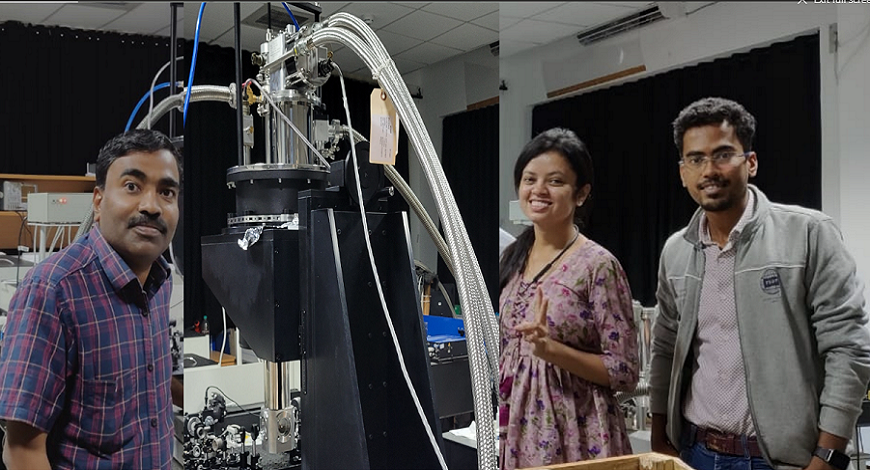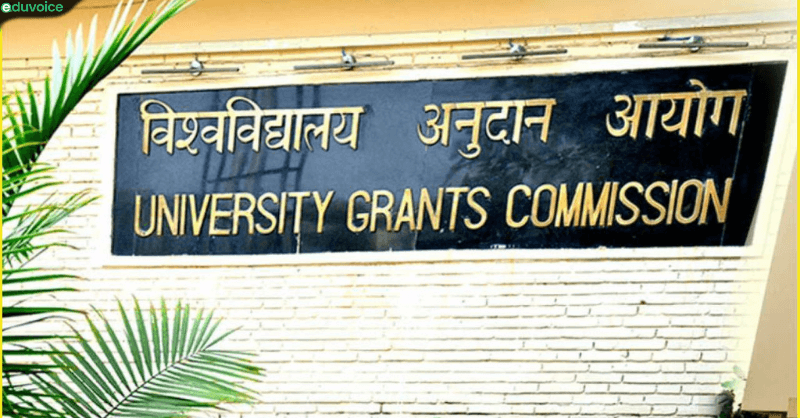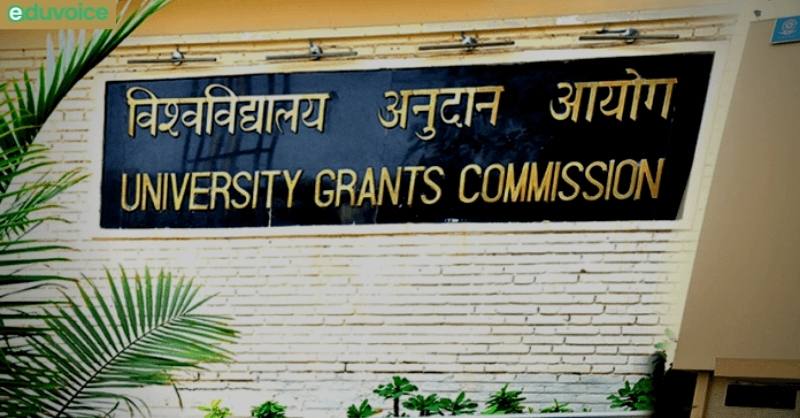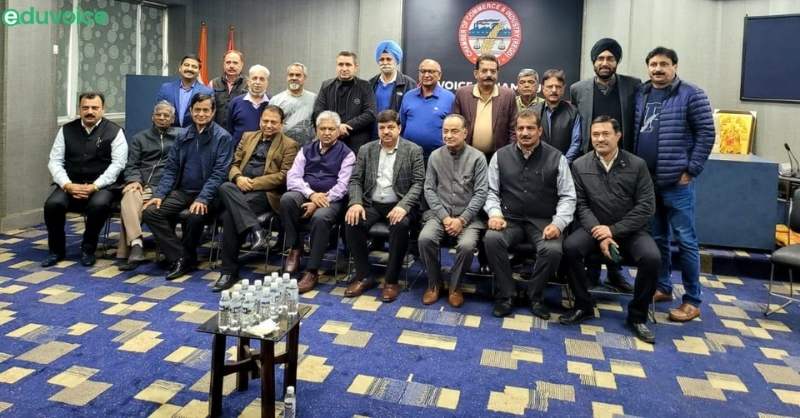Research is a process of systematic inquiry that involves gathering of data; documentation of critical information; and analysis and understanding of that data/information, in accordance with appropriate procedures based on scientific principles. The research assesses the validity of a hypothesis; accumulates substantive knowledge and findings for sharing them in proper manners, and generates questions for further inquiries.
Tag Archives: Research
There is a need for a sensitive tactile sensor integrated into a robotic system that researchers at the IIT have created in an cost effective way Indian Institute of Technology Jodhpur researcher has successfully created and demonstrated a cost-effective and highly sensitive tactile pressure sensor for detecting fruit ripeness. The sensor utilizes nanoneedle textured PDMS […]
Amazon and IIT Bombay has begun a multiyear collaboration, an initiative that will advance artificial intelligence and machine learning research within speech, language, and multimodal AI domains Amazon and the Indian Institute of Technology–Bombay (IIT Bombay) have announced the creation of the Amazon IIT–Bombay AI-ML (artificial intelligence – machine learning) Initiative. The Amazon IIT–Bombay AI-ML […]
A novel design strategy of facet engineering of nanocrystals was implemented to reduce the Auger recombination by researchers at IISER. This has opened up the opportunity to further implement this strategy for the improvement of lasers that are widely used in tools today Indian Institute of Science Education and Research Bhopal researchers have made a […]
The Department of Educational Studies, Faculty of Education, Jamia Millia Islamia (JMI) conducted a three-day Non-Residential Workshop on Research and Academic Writing in Indian Languages funded by Bhartiya Bhasha Samiti, Government of India from 22-24 February 2023. Training and skill building of more than 75 young Scholars and faculty members from different Universities and Colleges […]
The University Grants Commission (UGC) has prepared draft guidelines for ‘Research Internship’ with faculty and researchers at higher education and research institutions along the lines of new education policy. The Commission has noted that research internships would be of two types — a) internship to enhance the employability of an individual student, and b) internship […]
The Indian Institute of Technology (IIT) Madras has organized Industry Conclave 2022 to showcase research and innovations of the institute to the government, industry, and corporate firms. The institute held the conclave on April 16-17. As per an IIT Madras statement, a virtual space dedicated to exhibiting the research projects, start-ups, and projects from the […]
The University Grants Commission (UGC) has formulated guidelines for the establishment of research and development cells in Higher Education Institutions (HEIs). The administered by a Research Advisory Council (RAC) chaired by the vice-chancellor or principal, or their nominee, the UGC said in its guidelines. The UGC said: “The establishment of Research and Development Cell (RDC) […]
Jammu University will be declared an innovation and Research hub under the New National Education Policy (NEP). This was announced by the Principal Secretary of Higher Education, Rohit Kansal today. He was addressing the valedictory function of the week-long ‘Vigyan Sarvatra Pujyate’ festival held here at the University of Jammu. The festival coincided with National […]
As part of its phased reopening amid the COVID-19 outbreak, Delhi University will allow research scholars and faculty members to access four more libraries across its campuses. After allowing access to the central library last week, the varsity reopened the Central Science Library, Ratan Tata Library, South Delhi Campus Library, and Faculty of Law Library […]
- 1
- 2










